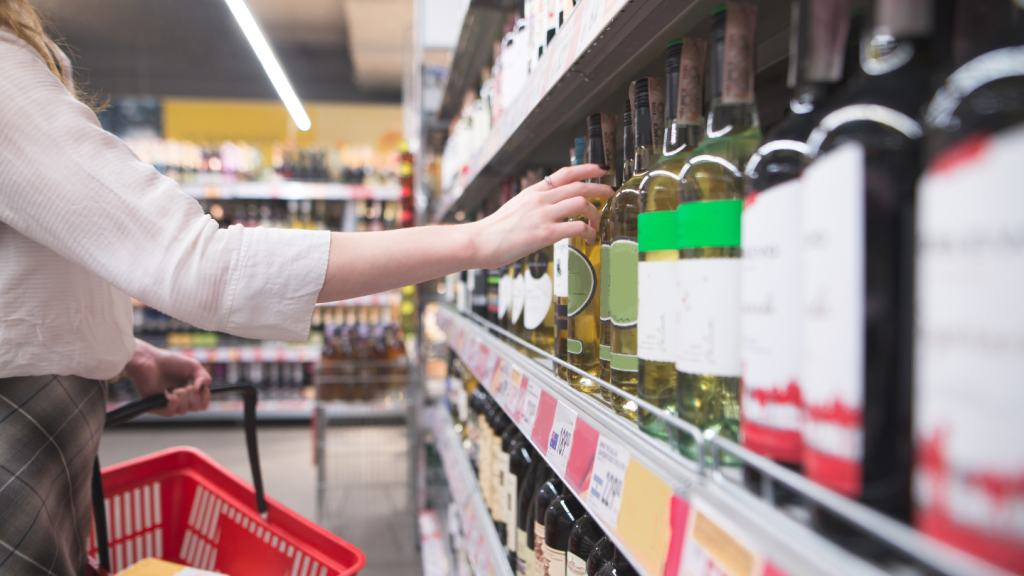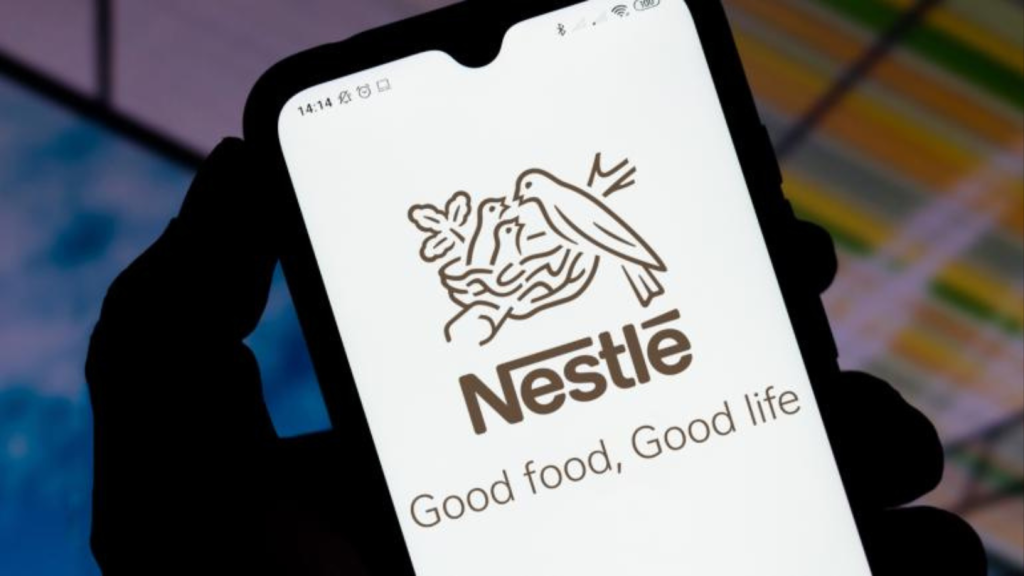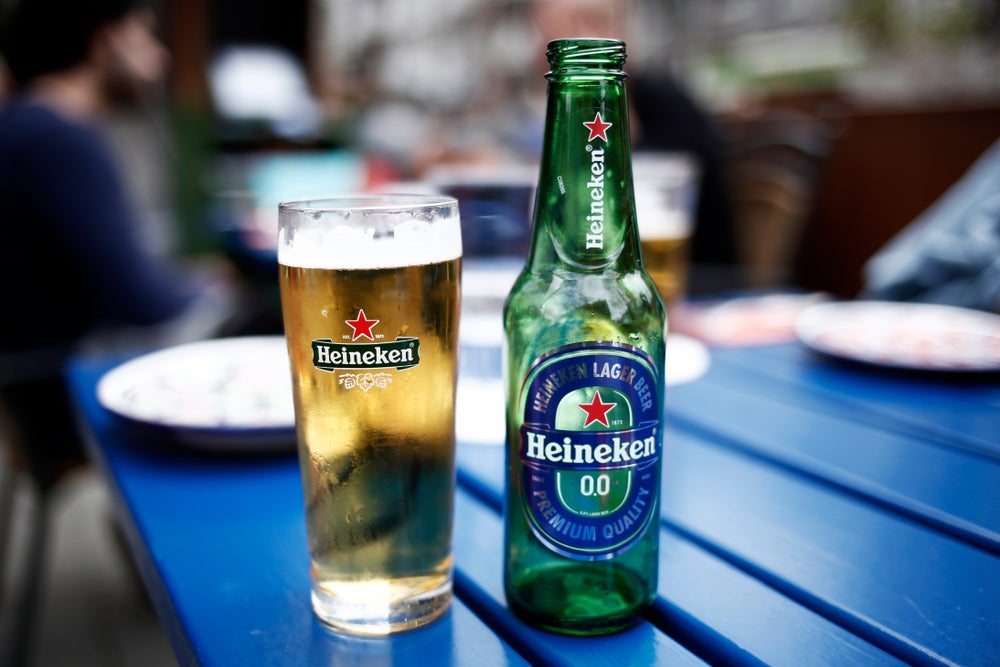The integration of robotics in consumer goods industry is transforming how customers engage, optimizing operations, and redefining the retail landscape. With a surge in patents, strategic collaborations, and a discernible influence on hiring trends, the consumer industry is swiftly embracing robotics. Innovations driven by patented technologies are propelling advancements in robotic applications, while strategic partnerships are solidifying the pivotal role of robotics in the consumer sector. These changes are not only reshaping the technological frontier of the industry but also restructuring roles and employment prospects within the consumer robotics domain. The impact of robotics extends beyond the consumer sector, influencing various industries. GlobalData’s Robotics in Retail and Apparel – Thematic Intelligence market report provides a detailed understanding of how robotics impacts the value chain in the Retail sector, and the leading robotics adopters and vendors in the market. Buy the report here.
This article presents a quarterly round-up of the latest trends in the consumer industry regarding robotics. It provides an overview of recent developments in robotics-related deals, talent acquisition, and patent filings within the consumer industry.
Diverse applications of robotics in consumer industry
Consumer companies specializing in robotics are utilizing the latest patents to drive innovation and enhance their operations. Beijing Roborock Innovation Technologies Co Ltd, for example, has introduced a patent focusing on obstacle avoidance for robots. This technology equips robots with real-time trap feature information, allowing them to assess if their current location poses a risk. In the event of a potential hazard, the robot will adjust its route to avoid it, significantly improving efficiency and safety across various applications. Omachron Intellectual Property Inc has also made strides with a patent for a robotic vacuum cleaner featuring a dirt enclosing component, streamlining floor cleaning through autonomous navigation and efficient recharging at multiple docking stations. Furthermore, LG Corp's contributions include patents for automated secondary battery packaging equipment and a wireless communication method based on on-device machine learning, with potential applications spanning artificial intelligence, drones, robots, and 5G-related devices. These innovations underscore a concerted effort to enhance consumer experiences through robotics technology.
Overall, these patents showcase the advancements in robotics technologies and applications by consumer companies. The obstacle avoidance method, robotic vacuum cleaner, battery packaging equipment, and wireless communication method will enable these companies to enhance the performance, efficiency, and adaptability of their robotic products.
The industry experienced a 30% decline in the number of robotics-related patent applications in Q2 2023 compared with the previous quarter. On an annual basis, the number of robotics-related patent applications in the consumer industry witnessed a drop of 8% compared with Q2 2022.
Strategic deal trends in robotics in consumer industry
Consumer companies are not only focusing on innovation to enhance their patent portfolios but are also making strategic investments in robotics. These investments aim to secure lucrative deals with partners and position themselves at the forefront of industry advancements. Some of the recent deals underscore the importance of robotics in the consumer industry.
In Q2 2023, the number of robotics-related deals in the consumer industry declined by 25% compared with Q2 2022. On a quarterly basis, there was 50% increase in the number of deals in Q2 2023 compared with the previous quarter.
Impact on hiring
In terms of new job posting, in Q2 2023, the consumer industry experienced a 32% drop compared with the previous quarter. On an annual basis, job postings also grew by 26%. Notably, installation, maintenance, and repair occupations, with a share of 9%, emerged as the top robotics-related job roles within the consumer industry in Q2 2023, with new job postings drop by 30% quarter-on-quarter. Architecture and engineering occupations came in second with a share of 6% in Q2 2023, with new job postings dropping by 43% over the previous quarter. The other prominent robotics roles include production occupations with a 5% share in Q2 2023, and management occupations with a 5% share of new job postings.
ASICS, Coca-Cola Europacific Partners, Post, Tyson Foods, and Procter & Gamble are among the top companies leading in robotics hiring within the consumer industry.
Countries driving adoption of robotics in consumer industry
The US is the leading country in robotics adoption within the consumer industry, boasting the highest number of robotics-related patents, jobs, and deals. Meanwhile, China, Germany, South Korea and Norway also maintain significant positions in robotics adoption within the consumer industry.
In conclusion, the consumer industry experiences fluctuations in robotics-related patent applications and deal trends, with recent declines in both. Job postings have also dropped recently, while installation, maintenance, and repair occupations emerging as crucial roles.
To further understand GlobalData's analysis on robotics in the consumer industry, buy the report here.
Premium Insights
From

The gold standard of business intelligence.
Blending expert knowledge with cutting-edge technology, GlobalData’s unrivalled proprietary data will enable you to decode what’s happening in your market. You can make better informed decisions and gain a future-proof advantage over your competitors.






